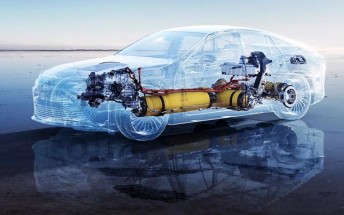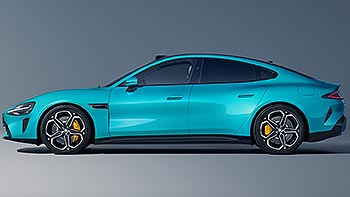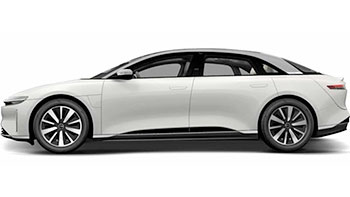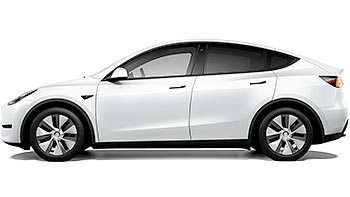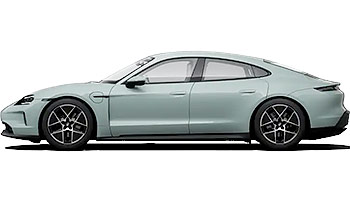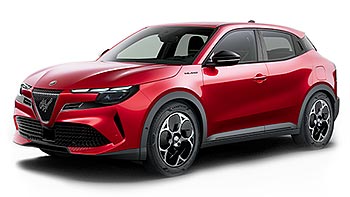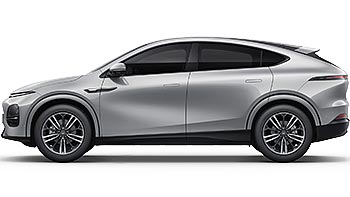Smart #1 Brabus faces Moose Test, fails miserably

The Moose Test became a golden standard when it comes to assessing a car's handling after Mercedes A-Class failed it dangerously back in 1997. Over many years, it wasn’t the only car to fail it, and the test has improved handling of many cars.
It is surprising then, to see the Smart #1 Brabus performing the Moose Test in a shockingly poor way. Its performance is bad enough, the fact that this is a vehicle wearing the prestigious Brabus badge makes you wonder how thinly the name is spread - a couple of stickers at most it seems. Well, enjoy the video - it is in Spanish but the subtitles are half-decent:
Isn’t it upsetting that a performance oriented AWD electric car just doesn’t want to turn? This is a €49,600 car we are talking about here, a 434 hp electric car capable of 0 to 100 km/h sprint in 3.9 seconds. People who will buy the Smart #1 Brabus would prefer the assurance that the car will turn when required.
So what is happening exactly? Why do we see the Brabus attempt to go straight when asked to turn, in a style of Opel Vectra from the late 90s? The answer is simple - budget and physics. The journalists who performed the test identified at least one reason for the car’s bad performance - the suspension is identical as on the standard version of Smart #1.

While that may not be an issue in everyday driving conditions (both cars have the same weight), the comfort-oriented suspension gets into trouble at higher speeds. We need to remember that Smart #1, despite only measuring 4.27 meters in length, weighs a whopping 1,870 kg when empty. Why is that important? It is important because being short, its rotational speed is higher - to put it simply, it spins faster and once it gets going it is harder to control.
The soft suspension doesn’t only mean soft springs - you can see in the video there is a lot of compression from the rear left corner when the car tries to counter the turn. That compression is followed by much faster rebound which clearly upsets the balance. There is a lot of lateral movement in the suspension as well suggesting that suspension bushes are marshmallow soft which is great for comfort, not so good for handling.
Then there’s a choice of tires. Smart opted for the eco-friendly and EV-friendly Continental tires which perform great in a straight line. What we see in the video, they simply offer no grip whatsoever once the weight of the car tries to push them off their path. It’s simple physics - the car’s weight wants to go straight forward and the narrow and gripless tires simply have nothing to counter that movement.
 For now these are just stickers, Brabus should not have put its name on the Smart #1
For now these are just stickers, Brabus should not have put its name on the Smart #1
Put all that together and the result is shockingly bad. The standard Smart #1 would perform the test better simply because it would have been going much slower. The Brabus version is mighty quick and the fact the suspension has not been adapted to its power and abysmal choice of tires make the car dangerous while avoiding obstacles at speed.
Even the car’s ESP can’t react fast enough and deal with the speed in efficient way - the tires that already lost the grip pushed sideways by the weight of the Smart #1 Brabus, struggle to give any traction to slow the car down, making the brakes useless. In this situation ABS simply keeps the calipers open sensing a full slide, while the ESP is desperately trying to rein the car in. An utter disaster. Let’s hope Smart, Geely, Mercedes and Brabus take this seriously and fix the problems before someone gets hurt.
Related
Reader comments
The analysis of the video wasn't very good. The problems were (a) the wrong tyres for the job - fixable - and (b) late and overreacting ESP - also most likely fixable. The author didn't understand the Moose Test - the standard #1 would...
- 28 Mar 2023
- 0pg









